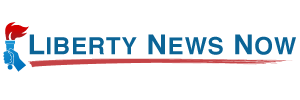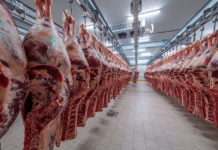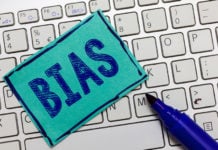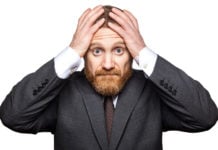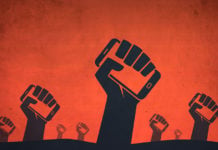Finally moving to normalize America’s sky-high corporate tax rates down to a respectable average of 20% is the centerpiece of the Trump economic plan. With this, and another host of striking reforms, President Trump’s plan is projected to create more than a 587,000 full-time jobs, lift wages by more than 2.5%, and lift the GDP of U.S. by a further 3%, as per a report from the Tax Foundation.
The Tax Foundation’s study also found that reduction in the corporate tax rates to this level would help Americans at every income level to see their after-tax incomes increase by an average of $1,800.
“The most important thing that Congress and the Trump administration can do to boost economic growth, lift workers’ wages, create jobs, and make the U.S. economy more competitive globally, is reform the business-half of our tax system,” the report stated. “And one of the most critical elements of that reform is cutting the corporate tax rate.”
The foundation also explains that cutting these corporate tax rates pushes down on the cost of capital, which also helps boost the capital investment. The study also finds that the economic effects would improve even more if full expensing were allowed with the capital investments.
When both of these policies that are fully expensing and cutting the corporate tax rate are implemented, the study projects that further 861,000 jobs would be created, and GDP will also increase by 4.5%, wages will continue to increase by 3.8%, and after-tax incomes would reach the average increase of $2,664.
“Some might question how a corporate tax cut could create that many jobs while the economy is inching toward full employment,” the study noted. “The TAG model is actually estimating the increase in the total amount of hours worked in the economy as a result of the policy change. Thus, some of those full-time equivalent hours could be filled by new workers, while others would be filled by part-time workers moving to full-time, or some idle people coming back into the workforce.”
The study also did not take into account how profit-shifting in the United States would be affecting the jobs, wages, and growth. The foundation firmly believes that cutting the corporate tax rate would encourage these economic factors to grow but they were not estimated to the fullest in this report.
Chris Edwards, an expert in the tax policy at the Cato Institute, said that the Republican tax reform framework will increase the number of jobs, lift wages, and increase the competitiveness.
“The purpose of tax reform is long term economic growth. In the short run, economist Larry Lindsey noted in the Wall Street Journal the other day that ‘When a supply-side tax bill like this is passed at a time of full employment, labor’s share of the economic pie expands rapidly.'”
“Because labor markets are fairly tight right now, Lindsey expects substantial real wage growth if Congress passes a supply side tax cut,” Edwards further explained. “In sum, supply-side or pro-growth tax reform would generate more business investment, entrepreneurship, job opportunities, higher wages, and greater international competitiveness. The Republican tax plan so far would advance those goals [and] I think in the long run benefit every American.”
In an email, Edwards spoke very approvingly of Tax Foundation’s study and its results. “Tax Foundation has produced an excellent and timely study on the corporate income tax,” he wrote. “They are correct that in a global economy with capital mobility most of the burden of the US corporate tax falls on US workers. This finding is centrally important to the current GOP drive to cut the corporate tax rate. Corporations are just the collection vehicles for taxes that ultimately harm tens of millions of average workers. A large corporate tax rate cut is a crucial part of tax reform this year.”
